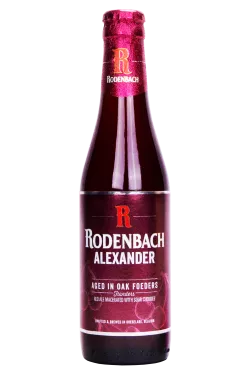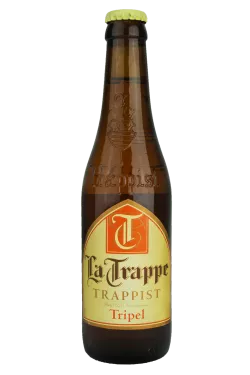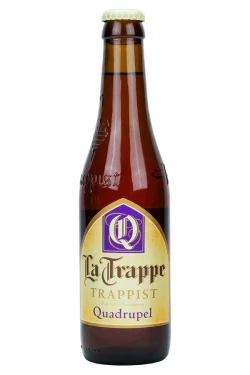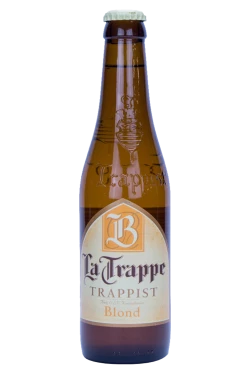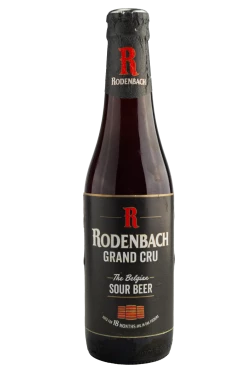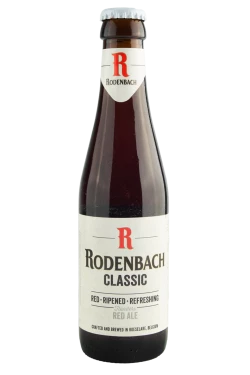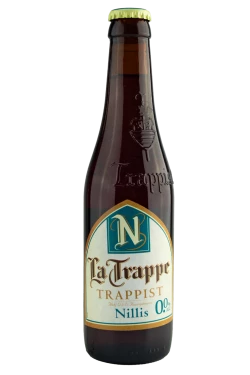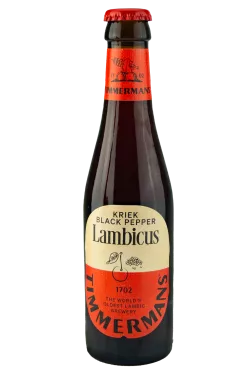
extra
Notify me
Enter your email address here to be informed once as soon as the article is available again.
In many parts of the world, monks are largely responsible for the development of beer culture. Traditionally, in many monasteries and abbeys, brewing was one of the daily tasks of the residents. They brewed not only to earn money for their charitable work, but also to meet their own needs for beer. In earlier times, people hardly drank water due to the poor quality, so beer was the first choice at any time of the day.
In 1836, the monks of the Belgian Abbey of Westmalle decided to take up the brewing trade. They began brewing their country’s classics and selling their Dubbel and Tripel to the people around them. However, these strong, high-proof beer styles were less suitable for their own needs, so the hard-working men of God had to come up with a slightly milder, more digestible alternative. Over the years, the house beer of the Trappist monks developed from a dark beer to a blond barley beer to today’s Westmalle Extra.
Ultimately, the monks agreed on a blond with 4.8% alcohol content and a surprisingly full-bodied aroma. The taste is made up of fruity, tart and refreshing elements and caresses the palate with notes of soft malt, ripe stone fruit, sun-ripened orange, freshly cut herbs and grassy hops. A fine bitterness harmoniously rounds off the Belgian beer enjoyment.
- Content
-
0,33 Liter Bottle
- Brauerei
-
 Westmalle
Westmalle
- Bierothek® ID
- 12023004
- EAN
- 5412343000749
- Weight
- 0.33kg(0.51kg with packaging)
- Deposit
- € 0.10
- LMIV
- Responsible food business operator (EU)
Brouwerij der Trappisten van Westmalle, Antwerpsesteenweg 496, B-2390
Westmalle Belgien(BE)
- Beer region
- Belgien & Niederlande
- Beer style
- belgian ales
- Beer Category
- belgian beers
- Food recommendation
- Starter: Caprese
Main course: Tarte flambée
Dessert: Onion cake - Alcohol content
- 4.8 % vol
- Bitter unity
- 30 IBU
- Original wort
- 11 ° Plato
- Ingrediants
Water, barley malt, hops, yeast

